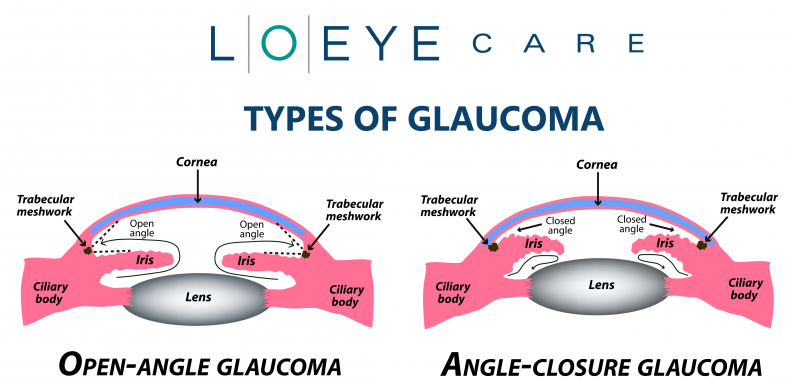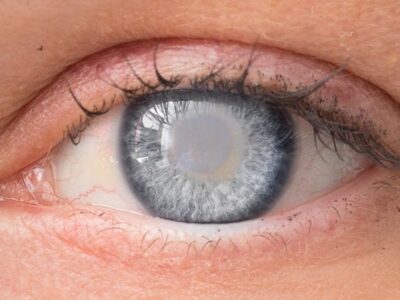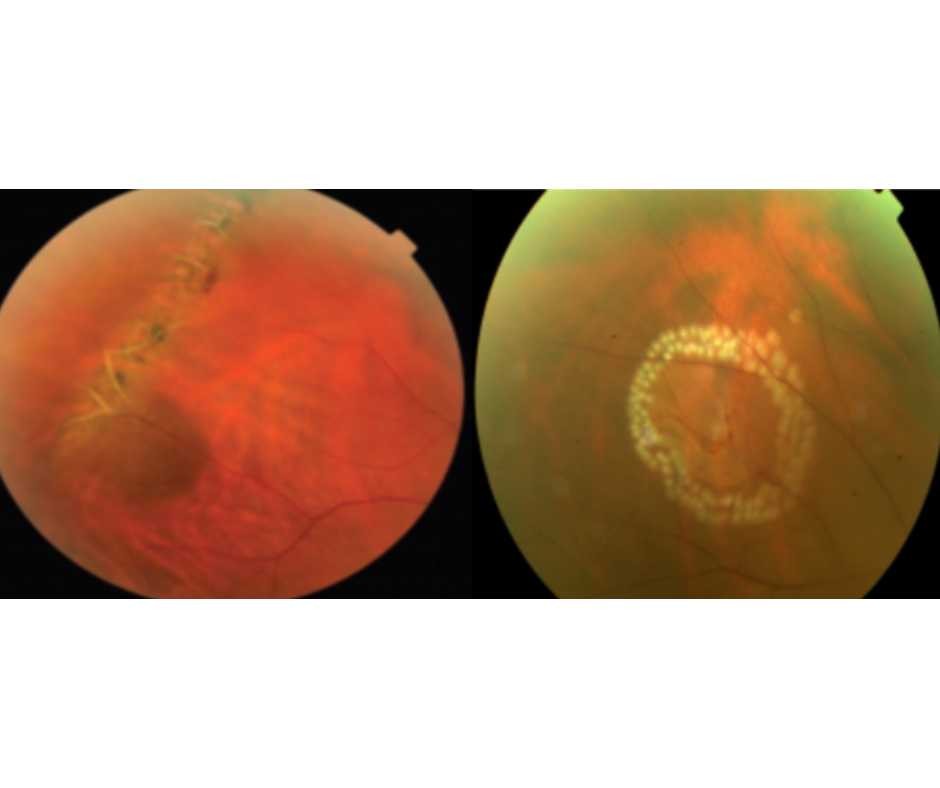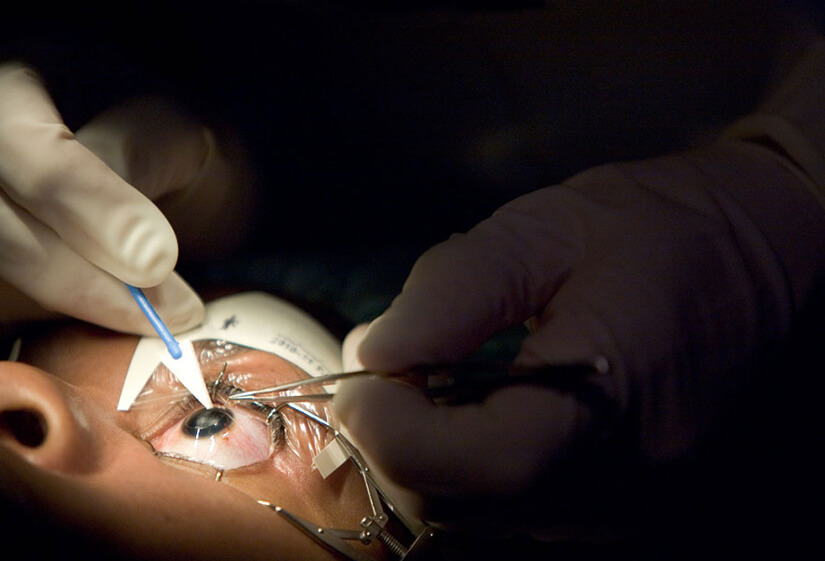Introduction:
Glaucoma, often referred to as the “silent sight thief,” encompasses a group of eye conditions that can lead to irreversible vision loss if left untreated. This article delves into the various classifications of glaucoma, providing insights into its types, causes, symptoms, and available treatments. Join us as we explore the intricate world of glaucoma classification, shedding light on this prevalent eye disorder.
Understanding Glaucoma:
Broadly categorizing glaucoma involves grouping it into various types according to their underlying causes, clinical presentation, and progression patterns. These classifications, in turn, aid in tailoring effective treatment strategies for each patient.
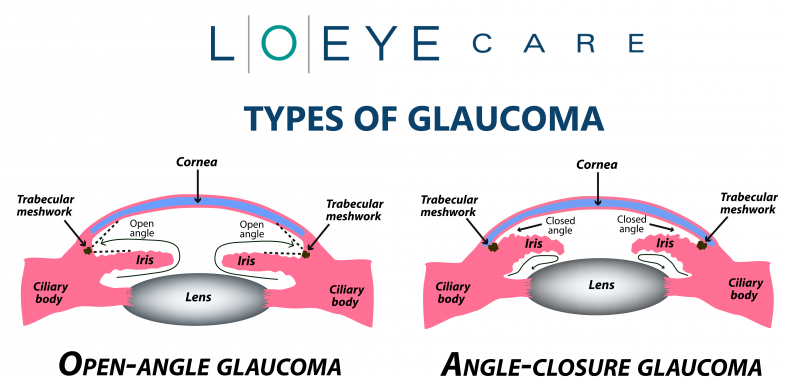
Primary Open-Angle Glaucoma (POAG):
The most common type of glaucoma, POAG, develops gradually. As time passes, the drainage angle of the eye becomes less efficient, ultimately resulting in increased intraocular pressure and subsequent optic nerve damage. Remarkably, POAG often exhibits no early symptoms, which has earned it the nickname “silent thief of sight.”
Angle-Closure Glaucoma (ACG):
In contrast to POAG, ACG is characterized by a sudden and severe increase in intraocular pressure due to a blocked drainage angle. This can result in rapid vision loss, accompanied by symptoms such as severe eye pain, headaches, and nausea.
Normal-Tension Glaucoma (NTG):
NTG represents a subtype of glaucoma where optic nerve damage occurs despite normal intraocular pressure levels. Although the exact cause remains unclear, researchers believe that factors such as blood flow and genetic predisposition play a role.
Congenital Glaucoma:
This rare form of glaucoma is present at birth or develops during early childhood. It often arises from improper development of the eye’s drainage system, resulting in increased intraocular pressure and potential vision loss.
Secondary Glaucoma:
Secondary glaucoma arises as a complication of other eye conditions or medical conditions like diabetes, eye injuries, or prolonged steroid use. Managing secondary glaucoma requires specialized treatment approaches aimed at addressing both the underlying condition and the glaucoma itself.
Pigmentary Glaucoma:
Pigmentary glaucoma occurs when pigment granules from the iris block the drainage angles, raising intraocular pressure. This type of glaucoma is more common in younger adults and can cause gradual vision loss.
Exfoliation Glaucoma:
On the other hand, exfoliation glaucoma is associated with the buildup of protein deposits in the eye, which leads to blockages in the drainage system. It often develops in individuals over the age of 60 and requires careful management.
Juvenile Glaucoma:
Juvenile glaucoma, also known as infantile or childhood glaucoma, appears in early childhood or adolescence. An inherited genetic mutation that affects the eye’s drainage system typically causes it.
Diagnosing Glaucoma:
Early diagnosis of glaucoma is crucial for preventing vision loss. To achieve this, eye specialists utilize a combination of tonometry, visual field tests, and optic nerve assessments to determine the presence and severity of glaucoma.
Treatment Options:
The treatment approach for glaucoma depends on its type and severity. Common options include, among others, eye drops to lower intraocular pressure, laser therapy, and surgical interventions like trabeculectomy or drainage implants.
Lifestyle Management:
Managing glaucoma also involves adopting a healthy lifestyle. By engaging in regular exercise, maintaining a balanced diet, and avoiding smoking, individuals can contribute to maintaining overall eye health and reducing the risk of glaucoma progression.
Author Details:
Dr. Sushruth Appajigowda holds a prominent position as a Cornea, Cataract, Glaucoma, and LASIK Surgeon in Bangalore. He serves as the chief Cataract and Refractive surgeon at Vijaya Nethralaya Eye Hospital, Nagarbhavi Bangalore. Renowned as one of the finest LASIK surgeons nationwide, he brings with him over 12+ years of experience across multiple LASIK platforms, including ZEISS, ALCON, SCHWIND, AMO, and Bausch and Lomb. Having successfully conducted over 5000 LASIK procedures, Dr. Sushruth holds the title of a Certified Refractive Surgeon and a Fellow of the All India Collegium Of Ophthalmology. Furthermore, he stands as a distinguished speaker at various National and International Forums, using his expertise to guide you in selecting the most suitable procedure based on your health requirements.

Conclusion:
In conclusion, glaucoma is a complex eye condition with various classifications that require tailored treatments. Additionally, early detection, regular eye exams, and proper management play pivotal roles in preventing vision loss caused by glaucoma.
Frequently Asked Questions:
Preventing glaucoma completely is not possible, but early detection and timely treatment can significantly slow its progression.
Individuals with a family history of glaucoma, those over 60 years old, and individuals of African, Hispanic, or Asian descent, are at a higher risk.
Are there any natural remedies for glaucoma? While there are no proven natural remedies to cure glaucoma, a healthy lifestyle can support overall eye health.
Can children develop glaucoma? Yes, congenital and juvenile glaucoma are rare but can affect children and adolescents.
The recommended frequency for comprehensive eye exams to check for glaucoma is every 1 to 2 years, especially if you have risk factors for glaucoma.

